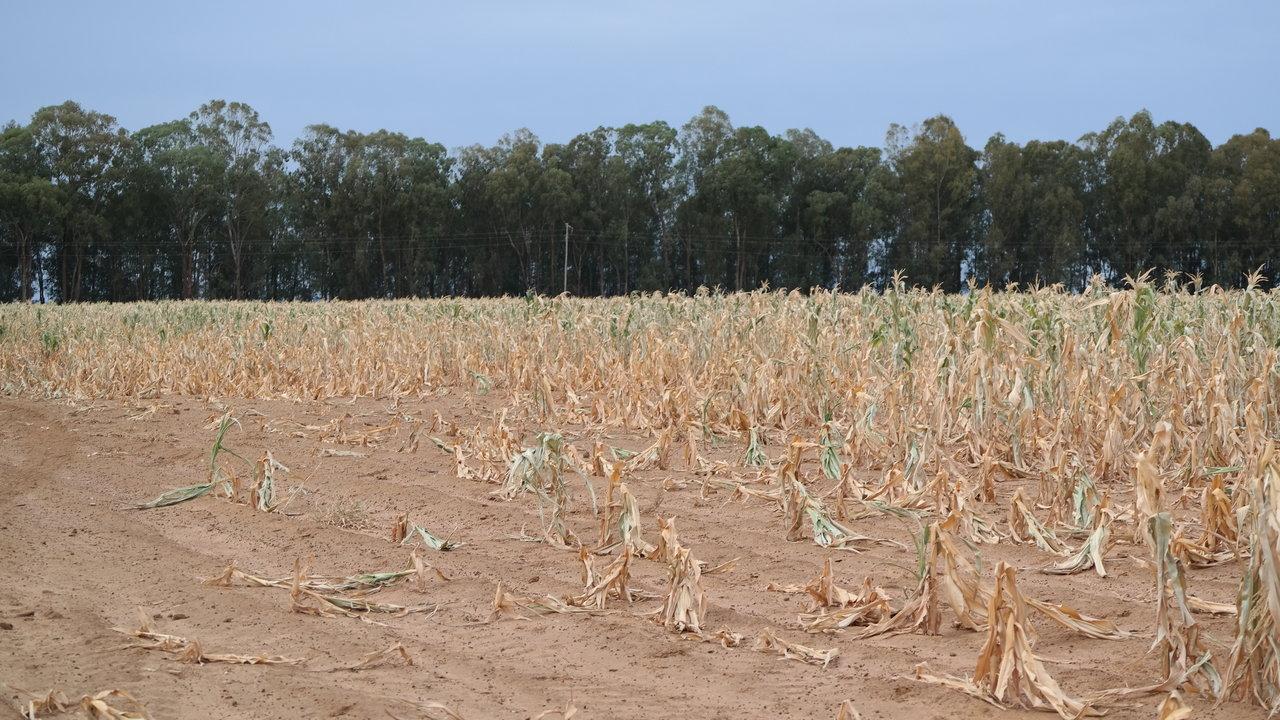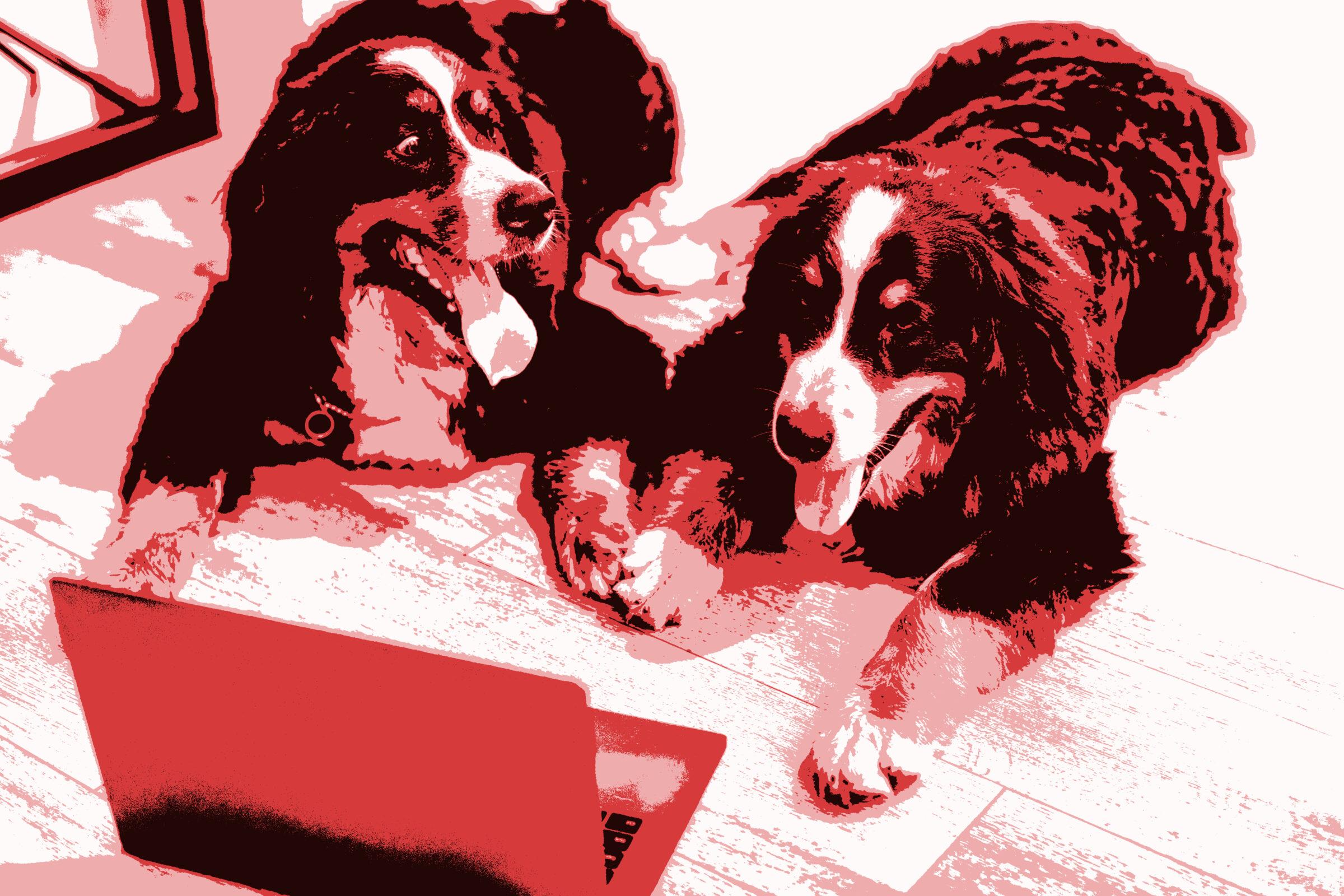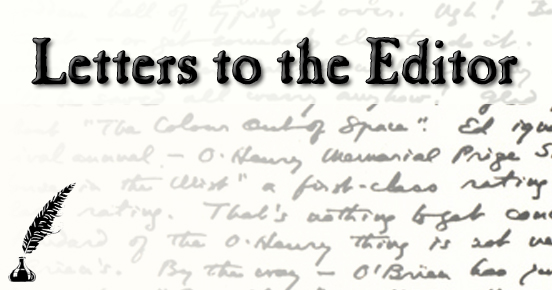Plenty of people (including me) are wringing their hands over the carbon consequences of warfare — especially an entrenched, prolonged war spanning years and continents. A whole lot of fossil fuels would go not just into gas tanks of vehicles used in combat, but also into every land, sea, and air transport vehicle used to move troops, equipment, and supplies. And then there’s the petroleum used to make everything from the weapons themselves to the uniforms and day-to-day supplies. Just a nasty thought, how a large scale multi-country war will make keeping global temperatures below 1.5ºC above pre-industrial revolution levels an exercise in futility and insanity.
Kind of heartless to be thinking about a hypothetical climate catastrophe made worse by a real war where real human being are being turned into hamburger in the here and now, though, maybe? I’d expect that response from rational people. Problem is, our belief that we’d recognize cool rationality when we saw it is what got us into the climate crisis in the first place. The hippies in the ’60s and ’70s with their “Love Your Mother” bumperstickers were the reactionaries. Unrealistic tree-huggers who just couldn’t learn to love or trust the march of scientific, industrial progress. And now, all but the most die-hard, conservative, corporate-captured pawns, or brainwashed chuds, realize the peril that Earth is in. Today, if you look rationally, scientifically at the data being generated by climate studies just about daily, you realize that, while millions of people are at risk of death, dismemberment, or displacement as a direct consequence of the Ukraine’s war against invading Russia, the numbers of potential victims of the climate apocalypse are a couple orders of magnitude greater.
The World Health Organization estimates that as many as 700 million people are at-risk of being displaced as a result of drought by 2030. By 2060, about 1.4 billion people could be climate change refugees due to sea level rise, according to a paper authored by Cornell professor, Charles Geisler. He extrapolated that number to 2 billion by 2100. One-fifth of the world’s population. Tens, probably hundreds, of millions will die premature, miserable deaths as the next century rolls around if no solutions are found. They will die from extreme weather, disease, and likely the hostile actions of the occupants adjacent to the refugees’ former home regions, now made unlivable by fires and floods. Mostly they will die from a perpetual famine that shifts in latitude and longitude from year to year, but never relents, never dissipates. And as famine rages, nations will react in predictable ways to the demands of their starving populations.
But, what do I mean when I say that the crisis in Ukraine is just a symptom of (or extension of) the climate crisis? I mean, the most logical reason for this war is oil, right? That’s what’s fueled some of the deadliest and most enduring conflicts in our lifetime, and there is a fossil fuel component to this conflagration. There’s a Russian pipeline that means a lot to a lot of billionaires and European citizens who’ve gotten used to on-demand heat and hot water over the last couple centuries. But here’s the thing about oil: you can’t drink it. You can sell it, but you can’t eat the notes governments and corporations will give you for it.
Another impetus for this looming humanitarian that some folks would have you believe is that Russian President Putin has just gone stark raving mad. Bats in the fucking belfry. I mean, anything’s possible, I suppose. He’s been at these power games a long, long time, which could certainly cause a guy to fray along the edges of cogency. But I think that if Putin’s crazy, it’s crazy like a fox.
As soon as it was looking like Russia wasn’t playing around, I started asking, but…what do you actually get when you conquer Ukraine? Being an ignorant American, I assumed that Ukraine was sort of windswept and desolate, maybe only visible in greyscale, with squat Brutalist buildings off in the distance in the middle of some anemic prairie.
It wasn’t until I found out that the very national flag — blue, unbroken band above a yellow unbroken band — symbolizes endless fields of grain under a clear, huge sky, that I started thinking I should look into how agriculture might fit into the story of this seemingly unexpected war. I remember somewhere back in my aged memory hearing that Ukraine was fertile, but did not know that the country is known as the world’s “other breadbasket.”
Vox reports that Ukraine produces 18% of the world’s sunflower seed, safflower or cottonseed oil exports; 13% of corn production; 12% of global barley exports; and 8% of wheat and meslin. According to Diario AS, “China buys more corn from Ukraine than from any other country and many nations in southeast Asia are hugely reliant on Ukrainian crops to feed their populations.” The list of nations either dependent or who extensively source their populations’ nutrition on the productivity of Ukraine’s agriculture is staggering. We’re talking millions and millions and millions of rumbling bellies.
American grain farmers, who made the connection between the war in Ukraine and the risk to the global food supply long before the mainstream media, already feel the intense weight of responsibility to bring in a bountiful harvest this year, according to Successful Farming. But due to supply chain disruptions and other factors, reports Modern Farmer, fertilizer prices have tripled or even quadrupled in price in the last year. And, in an attempt to create a comprehensive picture of how the Russia/Ukraine conflict will affect, and has already affected, agriculture in the United States, Farm Progress has already compiled an in-depth report.
My perspective on the hostilities, however, is far more troubling, I think, than the in-your-face reality that global food supplies are going to be imperiled by the violence. Russia invaded Ukraine with the express intent of disrupting the global food supply. And securing the best arable land in the region for itself in order to mitigate the nutritional shortages to come will do a fine job of destabilization.
And we gave them the idea to do it. As early as 2004, when a secret report commissioned by Pentagon defense adviser Andrew Marshall was leaked to the press, the public has been warned that climate change “could bring the planet to the edge of anarchy as countries develop a nuclear threat to defend and secure dwindling food, water and energy supplies,” reported The Guardian at the time. The intelligence community continued to game out likely scenarios created by an increasingly unstable climate for several years. In 2012, the New York Times reported on a study commissioned by the C.I.A. and other intelligence agencies which revealed that “clusters of apparently unrelated events exacerbated by a warming climate will create more frequent but unpredictable crises in water supplies, food markets, energy supply chains and public health systems.”
In the same article, the Times noted that Republicans in Congress objected to the idea that the C.I.A. would get involved in climate research so much that they tried to defund the efforts. Although conservatives were initially unsuccessful in 2010, by summer of 2015, they succeed in killing off two important programs, the Measurements of Earth Data for Environmental Analysis (MEDEA) in 2012, and the Center on Climate Change and National Security in 2015. The Atlantic quoted Sen. John Barrasso of Wyoming, who was particularly critical of the intelligence agency’s environmental work, as saying that the C.I.A. “should be focused on monitoring terrorists in caves, not polar bears on icebergs.”
But the intelligence community, thankfully, employs people who are not as fucking stupid as John Barrasso, and climate awareness increased in the regular course of spook-craft. The annual Worldwide Threat Assessment of 2019, prepared by the Director of National Intelligence, as reported in Inside Climate News, resumed predictions that the climate crisis would impact peace and security in ways we could only begin to guess:
“Climate hazards such as extreme weather, higher temperatures, droughts, floods, wildfires, storms, sea level rise, soil degradation, and acidifying oceans are intensifying, threatening infrastructure, health, and water and food security,” said the report.
Most recently, under the Biden administration all 18 US intelligence agencies authored the first ever National Intelligence Estimate on Climate Change, which looks at the impact of climate on national security through to 2040. Everything from climate refugee crises to the dangers of poorly thought-out geo-engineering were examined by both scientists and intelligence and defense specialists. USA Today reported that, “[m]ore broadly, the estimate concluded, the increasing physical effects of climate change are likely to intensify cross-border geopolitical flashpoints as states take steps to secure their interests at the expense of others.”
These flashpoints should be interpreted as manifestations of climate competition.
So, if you could remove the fact that Ukraine is an absolute powerhouse of agriculture, that it’s one of the most fertile places on the planet, you might be able to squint your eyes and see that it’s just Putin’s lunatic visions of a restored Russian Empire for the hell of it. But, see, you CAN’T separate Ukraine from its food production. It’s what they do. According to the International Trade Administration, large agricultural enterprises produce “55 % of gross output and consists of 45,000 enterprises. Small family farm production consists of more than 4 million households cultivating on average 1.23 hectares [3 acres] of land each, generating nearly 45 % of gross agricultural output]. That’s a massive proportion of the population devoted to growing food.
“With 41.5 million hectares of agricultural land covering 70 % of the country and about 25 % of the world’s reserves of black soil, agriculture is Ukraine’s largest export industry,” notes the ITA.
Black soil… And then it hits me. Professor at Yale, Dr. Timothy Snyder, looking at the climate crisis through a historical lens, foresaw the tensions coming our way as competition for food became the most visceral, most primitive response to the climate crisis. In fact, he wrote a book about this exact subject:
Black Earth: The Holocaust as History and Warning. I was fortunate enough to grab him for an interview just after that title dropped. I implore you, listen to my conversation with him. His foresight (based on hindsight — he is a history prof after all…) is deeply unsettling.
What’s happening in Ukraine right now should be the least surprising thing that happens on the world stage this year. Russia’s claims about the Ukrainian people belonging to Russia, about the glory of a new Czarist empire, even about feeling threatened by NATO — all bullshit. Putin is thinking about the droughts his country has been suffering this last decade and some. He’s thinking about the five million Russians who starved to death during the Povolzhye famine of 1921-22. He’s thinking about the famine of 1932-33 when another eight million people in the Soviet Union died of hunger. He’s probably also thinking of how, as described by Anne Applebaum in The Atlantic:
“A cordon was drawn around the Ukrainian republic to prevent escape. The result was a catastrophe: At least 5 million people perished of hunger all across the Soviet Union. Among them were nearly 4 million Ukrainians who died not because of neglect or crop failure, but because they had been deliberately deprived of food.”

Alexander Wienerberger.
Neither Putin nor his own intelligence chiefs are stupid. They may be mad as rabid dogs, but they’re not traditionally crazy. All they have to do is read the dire warnings coming out of the United States predicting international strife caused by, among other things, food shortages, and do the calculus for themselves. It’s not hard at all to see what the fate is going to be for any of Russia’s neighbors who have natural resources it can use either to feed its own people or to hold other nations hostage to their own hungers.
On February 28, the Intergovernmental Panel on Climate Change (IPCC) released its latest doomsaying report in the series. Within the study’s 3,675 pages was little reason for optimism. Upon its release, United Nations Secretary-General Antonio Guterres intoned, “Delay means death.”
Reuters news service stated that “Russia’s invasion of Ukraine overshadowed the release of the report and drove the sole Ukrainian author to leave the proceedings to take shelter, although a government representative did attend its final approval by nearly 200 nations.” To anyone who’s really paying attention and putting the pieces together, the invasion overshadowed nothing. Russia’s attempted conquest underlines, in heavy black marker, the barbaric potential of the human reaction to an Earth damaged too badly to sustain us all.






Always about the oil